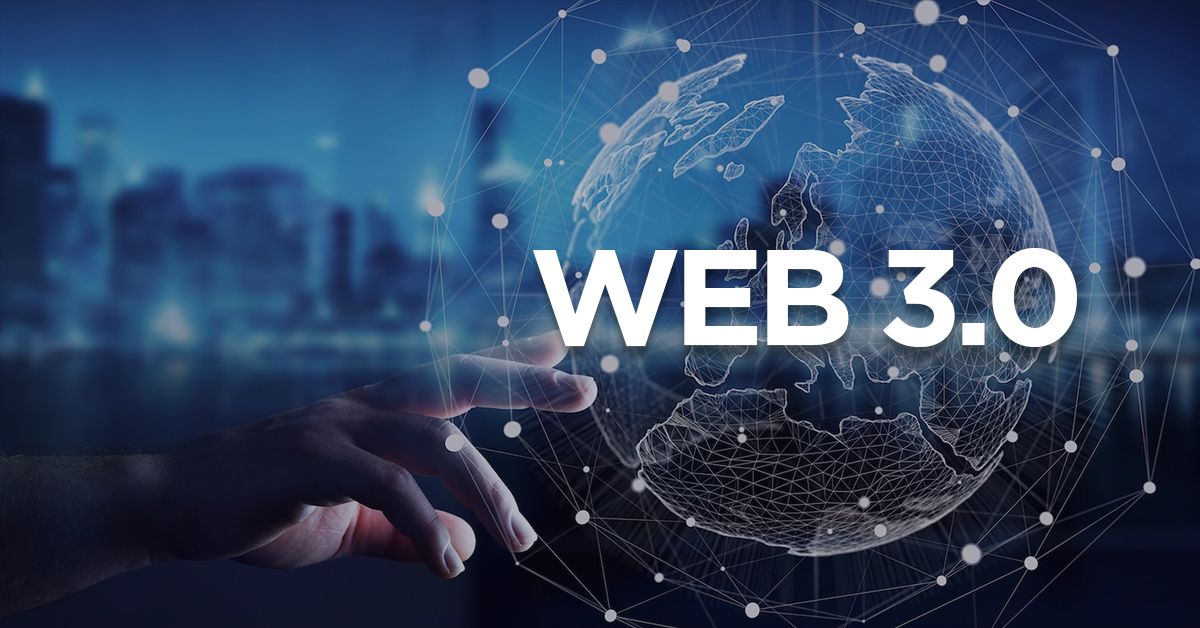The Rise of Web 3.0: How It’s Changing the Internet

The internet has come a long way—from static pages to interactive platforms, and now, we’re stepping into the next major evolution: Web 3.0. It’s more than just a buzzword; Web 3.0 promises to reshape the digital world as we know it. But what exactly is Web 3.0, and how is it changing the internet?
What is Web 3.0?
Web 3.0, often referred to as the semantic web or the decentralized web, is the next phase in the evolution of the internet. Unlike Web 2.0—which gave rise to social media, user-generated content, and massive tech platforms—Web 3.0 aims to give users control over their own data, enable decentralized applications (dApps), and foster trustless, peer-to-peer interactions.
At its core, Web 3.0 is built on blockchain technology, smart contracts, cryptographic security, and decentralized storage.
Key Features of Web 3.0
1. Decentralization
Web 3.0 removes the middleman. Rather than relying on centralized servers and companies, data is stored across distributed networks. This means fewer points of failure, reduced censorship, and more user control.
2. Data Ownership
In Web 2.0, companies like Facebook, Google, and Amazon hold vast amounts of user data. In Web 3.0, you own your data. Users can control who accesses their information and how it’s used, often via blockchain-based identity systems.
3. Smart Contracts
These are self-executing contracts with code that automatically enforces rules and agreements. Smart contracts eliminate the need for intermediaries and add trust to digital transactions.
4. Interoperability
Web 3.0 applications are designed to be compatible across various platforms and blockchains. This enhances user experience and breaks down the silos of today’s internet.
5. Token Economy
Tokens—cryptocurrencies or digital assets—fuel Web 3.0 ecosystems. Users can earn tokens for participating in networks, contributing content, or providing services.
How Web 3.0 is Changing the Internet
- Redefining Social Media
In Web 3.0, platforms like Lens Protocol and Mastodon are giving power back to users. No more centralized content moderation or shadow banning—users can own their profiles and content outright.
- Empowering Creators
Thanks to NFTs (non-fungible tokens), artists, musicians, and creators can monetize their work directly, without relying on platforms that take a cut.
- Revolutionizing Finance
Decentralized Finance (DeFi) is one of Web 3.0’s biggest success stories. With dApps like Uniswap and Aave, users can trade, lend, and borrow assets without banks or brokers.
- Building New Digital Economies
Play-to-earn games, DAO (Decentralized Autonomous Organizations), and community-driven projects are creating entirely new economic models that reward participation and contribution.